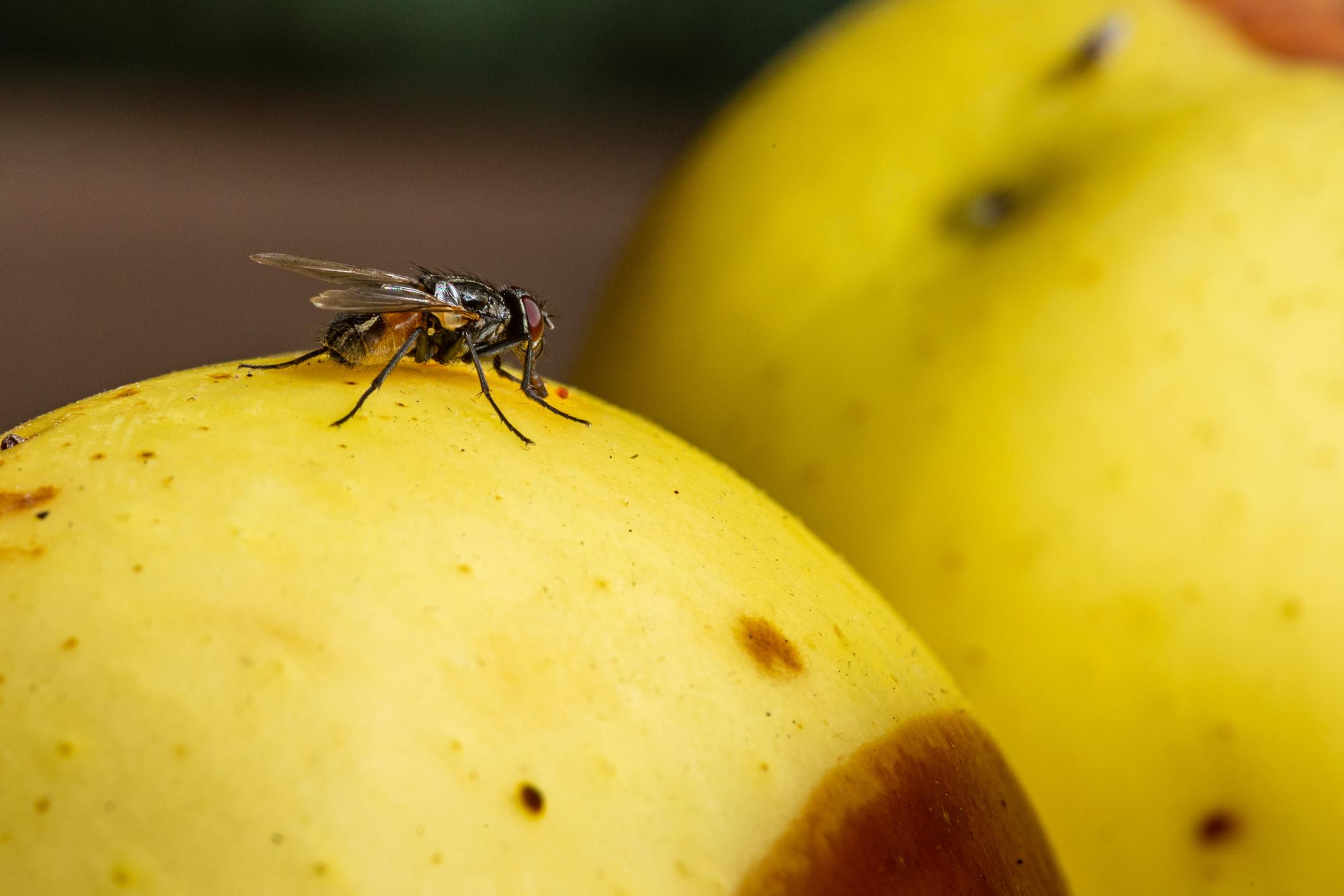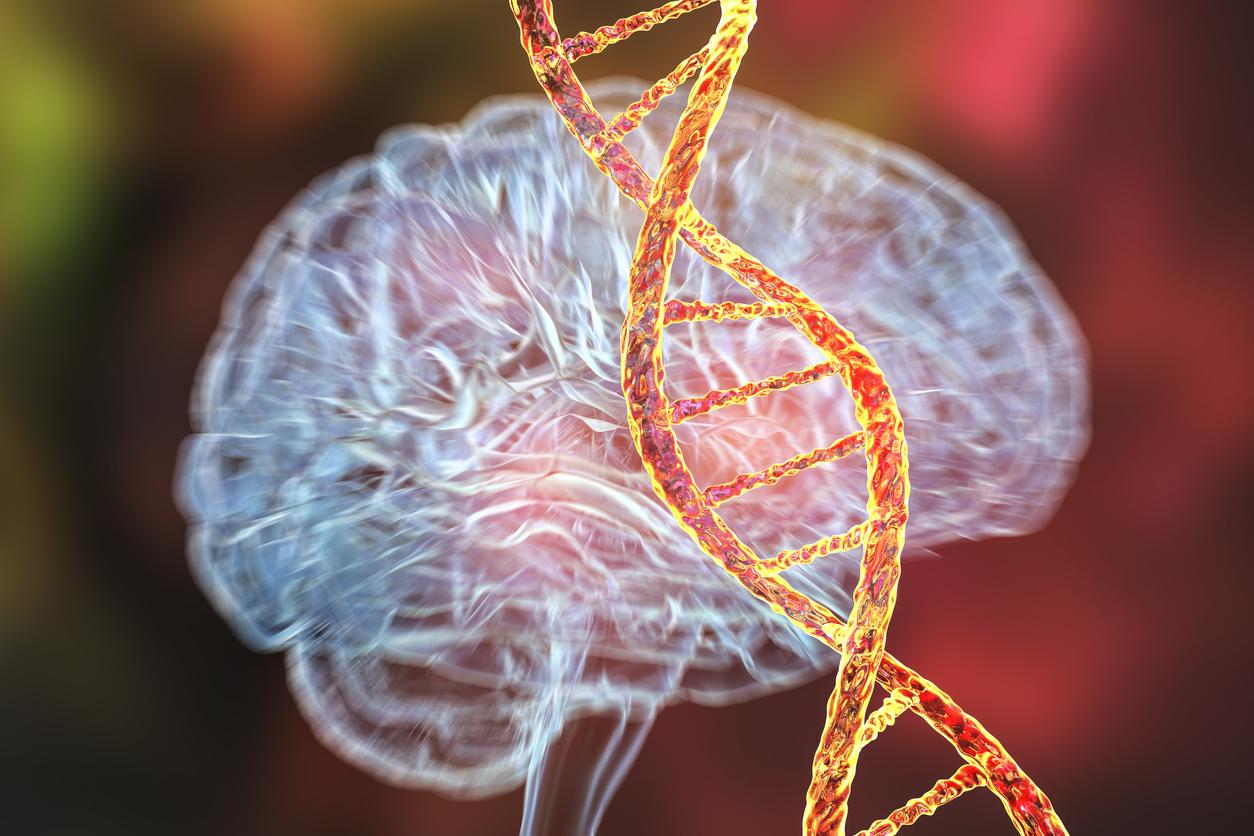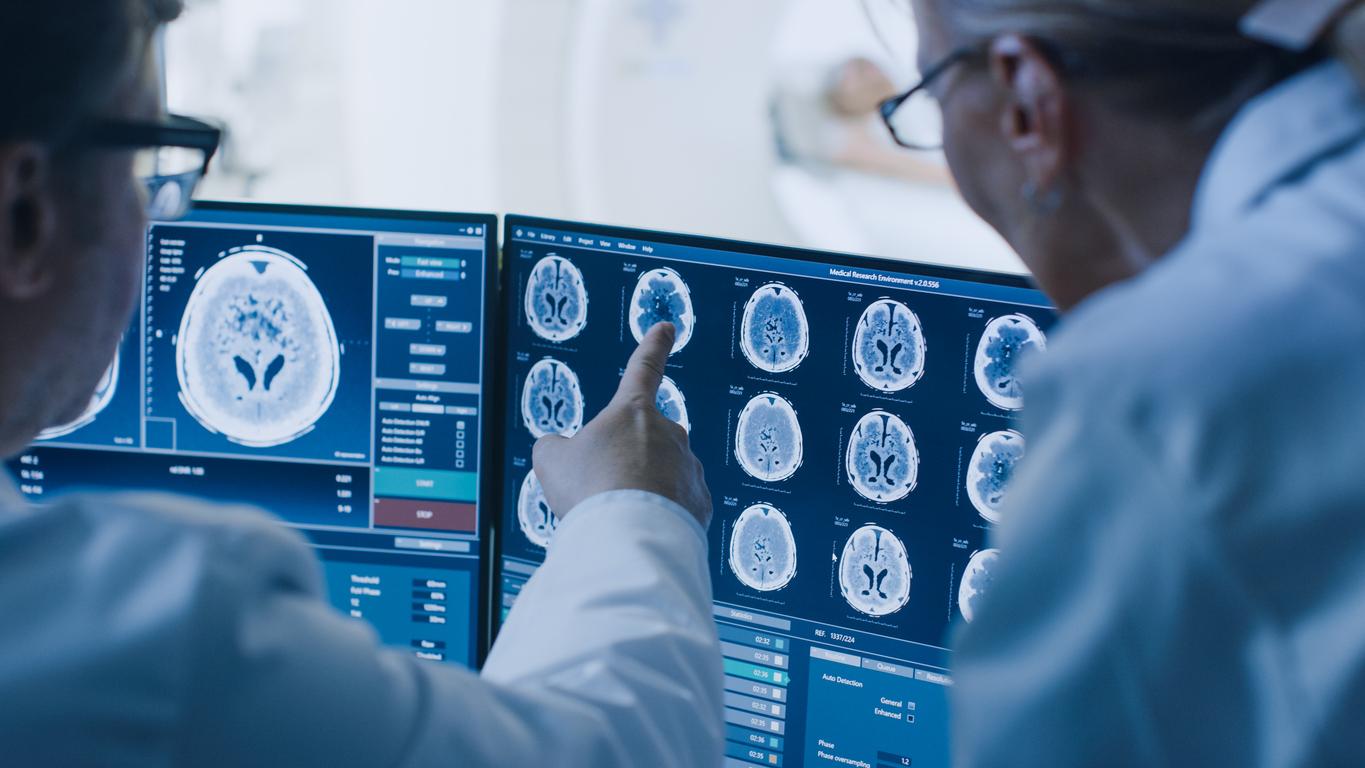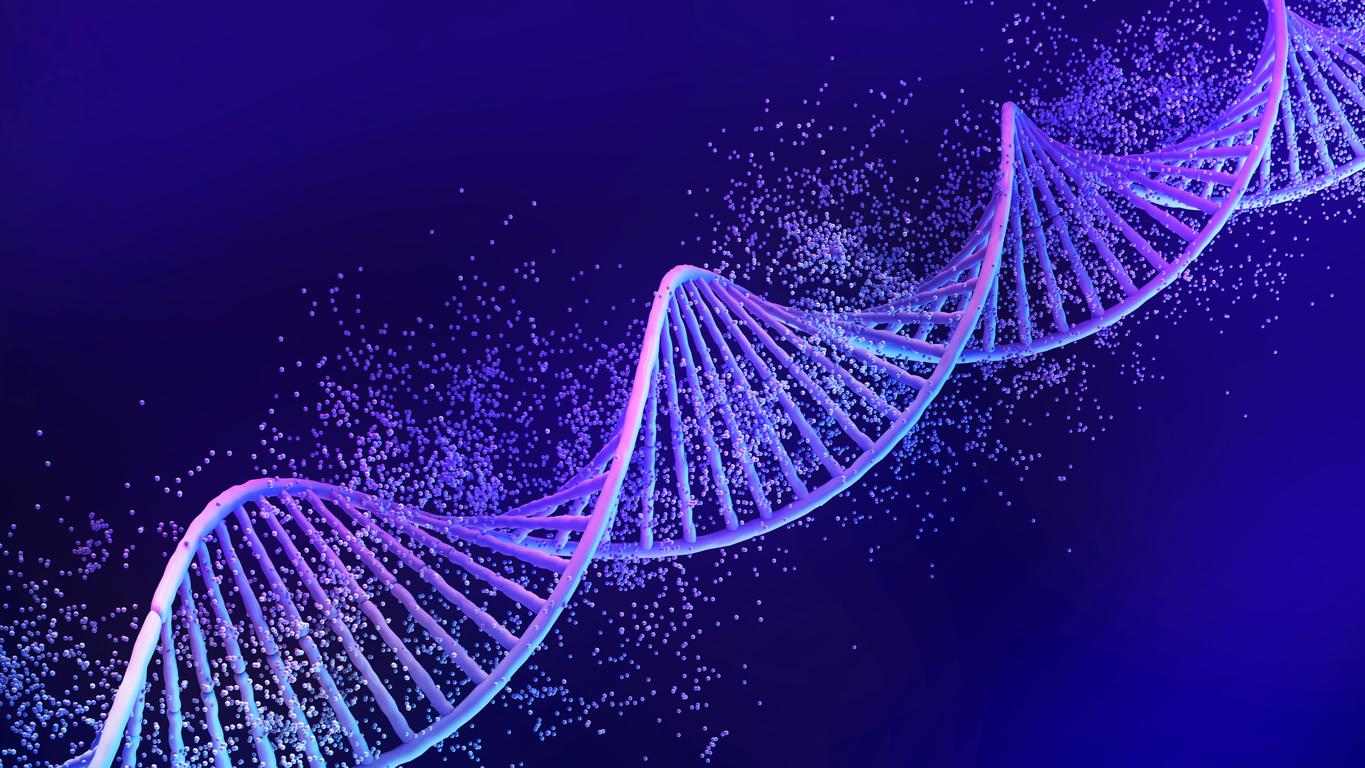The Cdk8 gene in fruit flies could help bypass a defect present in cells carrying a mutation responsible for hereditary Parkinson’s disease.

- Fruit flies, also known as “fruit flies,” have cells that look and act similar to those of humans.
- These insects carry the Cdk8 gene, which may help cells get rid of faulty mitochondria, a function that is impaired in Parkinson’s disease.
- “We can use genetic tricks to introduce more of the fly Cdk8 or human CDK19 genes into cells,” Canadian researchers say.
“In familial Parkinsonism, one of the main problems is a gene mutation that causes mitochondria to malfunction, which can make cells sick or die. This contributes to much of the cognitive loss and other symptoms of this neurodegenerative disease.” This is what was stated Esther Verheyenprofessor of molecular biology and biochemistry at Simon Fraser University (Canada). With her team, she recently identified a gene in fruit flies that could reverse the symptoms of Parkinson’s disease.
75% of human disease genes have equivalents in fruit flies
To reach this discovery, the researchers carried out a study published in the journal Nature Communications. They often conduct experiments on fruit flies, or drosophila, because nearly 75% of human disease genes have counterparts in these insects. This allows them to take advantage of genetic tractability to understand protein function in many developmental contexts. “Inside a fruit fly, the cells look and act like our cells. Their cells and organs work very similarly. (…) They have a nervous system, a digestive tract, muscles and many other similar organs,” said Esther Verheyen.

Increasing the amount of the Cdk8 gene to fight Parkinson’s disease
As part of their work, they detected the Cdk8 gene, which “is the ortholog of vertebrate CDK8 and CDK19.” According to the data, neuronal loss of Cdk8 severely reduces the lifespan of flies and causes shock sensitivity. “We found that the fruit fly Cdk8 gene can bypass a defect in cells carrying a mutation that causes familial Parkinsonism. This function is to help cells get rid of defective mitochondria, a function that is impaired in Parkinson’s disease. We can use genetic tricks to introduce more of the fly Cdk8 or human CDK19 genes into the cells and we were able to make them healthy again,” concluded the authors.

















